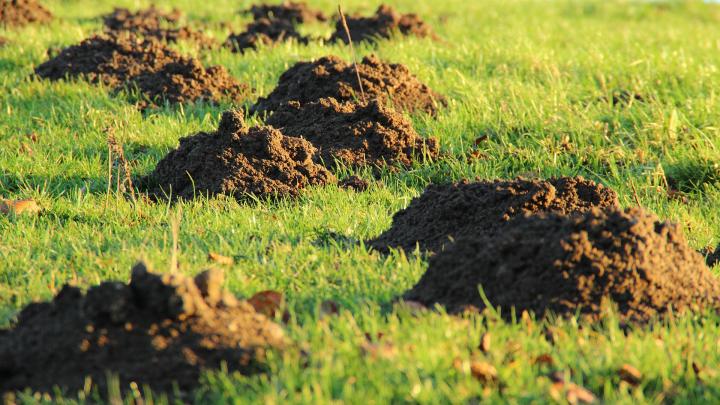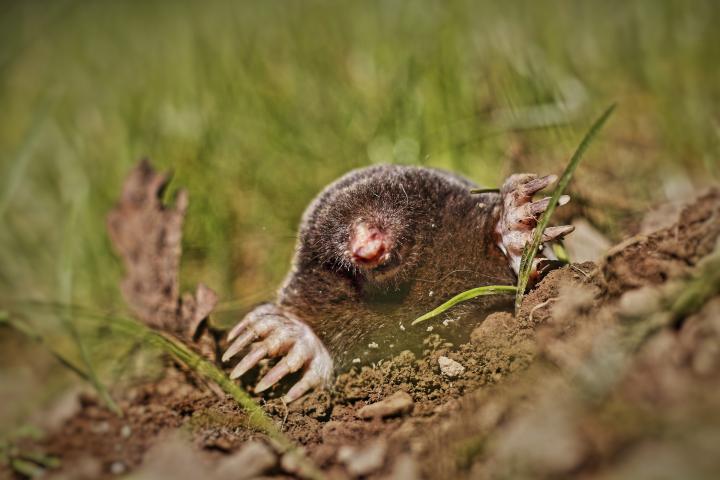
Moles can be a nuisance to the gardener because they dig up the soil. Here are tips for how to get rid of a mole.
Prevent Mole Damage in Your Lawn and Garden
The Almanac Garden Planner - Use It Free for 7 Days!
Plan your 2025 garden with our award-winning Garden Planner.
ADVERTISEMENT
I just found a nest of baby moles in my yard. I’m not wanting to kill them…advice?
I would put the baby voles in a box and relocate them (to the woods if no where else); you do not want to harm them Imo~
Hi RLambo,
In cases involving baby animals, there are many factors that could influence the best course of action. Our best advice is to contact an expert, who will be better able to judge how old the animals are and how best to help them. The following list, which is organized by state, may be a good starting place.
https://www.humanesociety.org/resources/how-find-wildlife-rehabilitator
From reading about voles and moles, I think I have a mole? Will Neiman oil work as a deterrent?
I had moles terrible. Tried everything mentioned to me plus products for sale.
They started this year and by Gid. I opened their fresh hole put fresh cat poop in both sides of his hole. It looked like an explosion. He was mad. Did it again and haven’t seen one since.
I put a Ramadan dried noodles stuffed into the hole and cover hole with the soil. The moles eats the noodles which expand in the stomach and bursts, killing the mole. Toxic free .
Don’t waste money on mole traps, bait or other methods. Find an active run and place a lit road flare in the hole and cover the hole. The smoke will travel thru the run suffocate them. Guaranteed results. Cheap and easy!
I'll try that next time I have a mole. I usually get one every spring when the juveniles go out on their own. Then I take it to the middle of the yard and bury it in one of their own tunnels and that keeps them away until the next year.
We can't trap in Washington State. Pistol grip pump is quick and painless, just rung one up today.
don't take your moles ( chipmunks raccoons etc..) to rural areas. WE DON'T WANT YOUR PROBLEMS.












